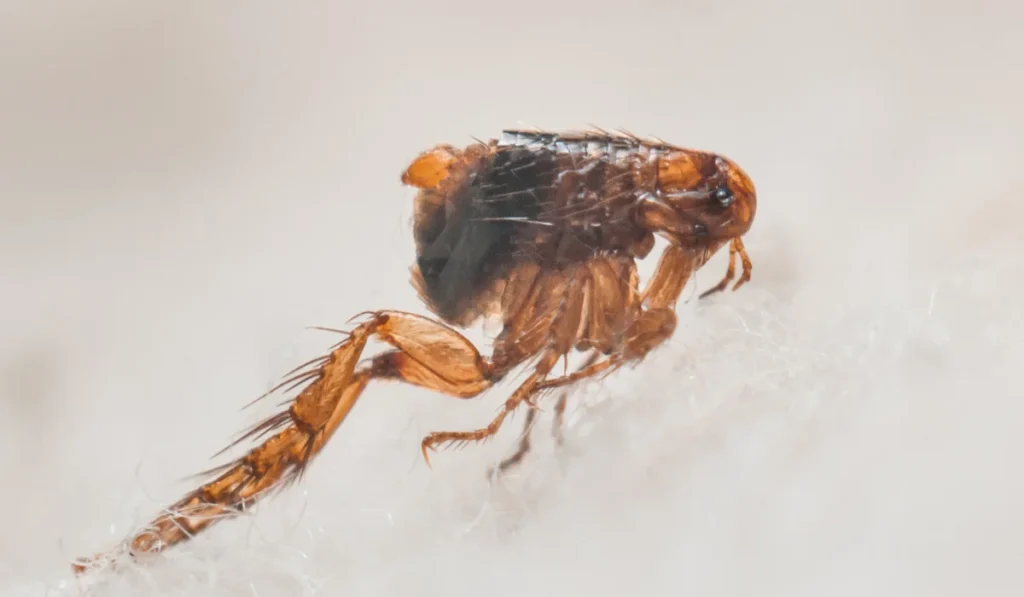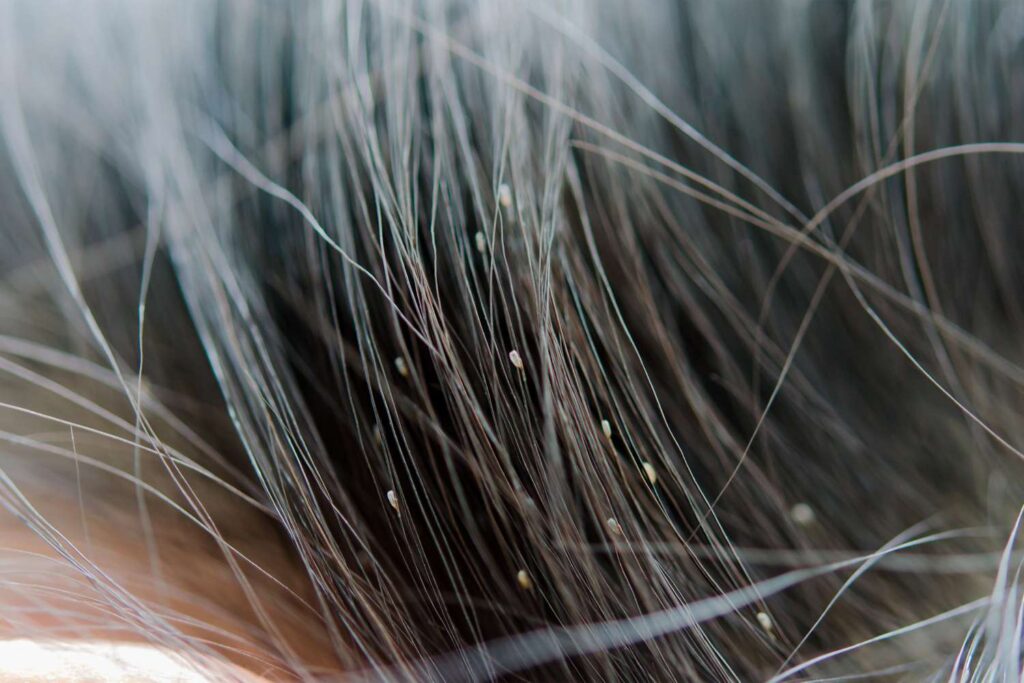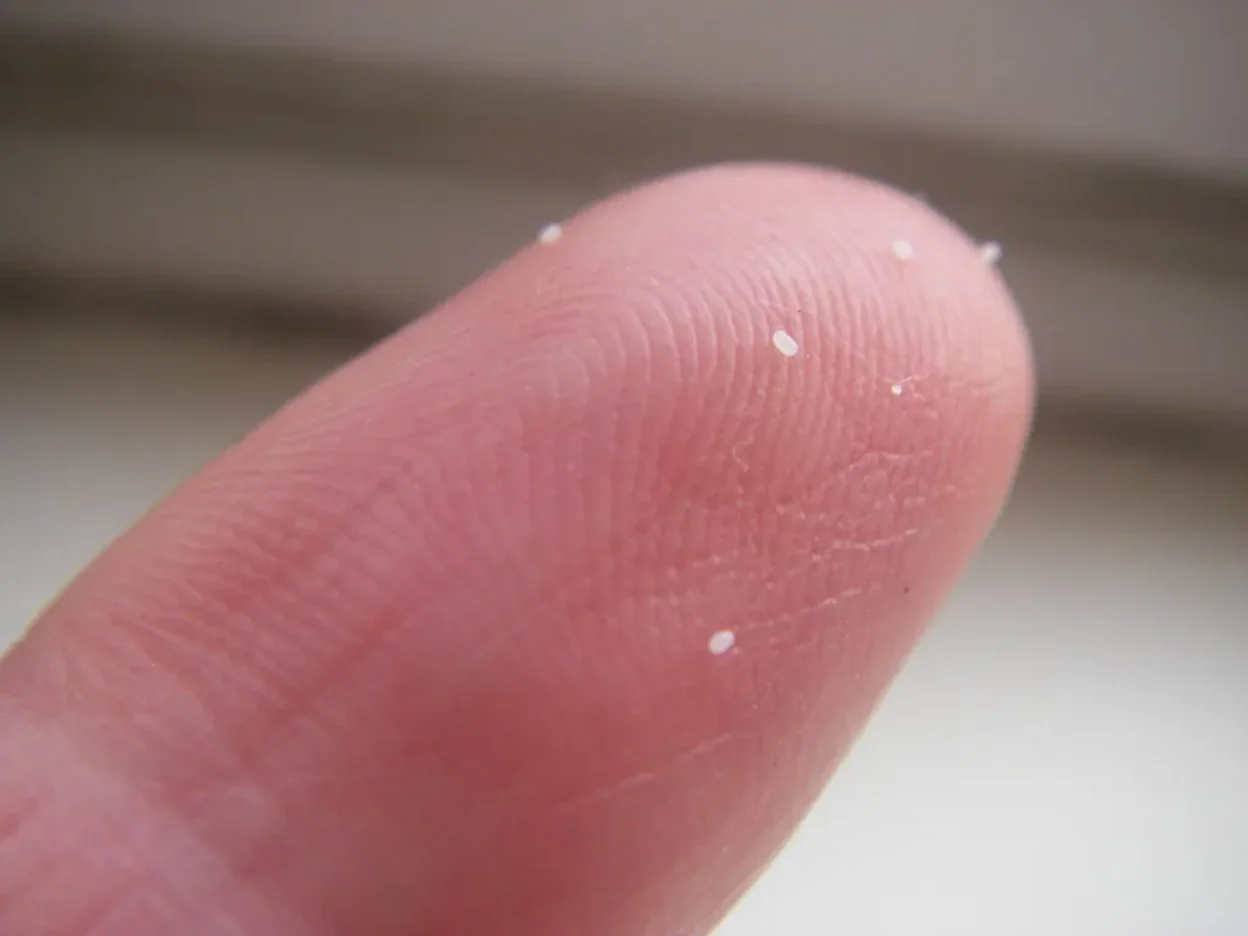Seeing white specks in your pet’s fur can quickly cause concern. Is it flea eggs, or is it just dandruff? Many pet owners struggle to tell the difference, and that confusion can delay proper treatment. What seems like a small observation often hides a larger problem. Fleas reproduce fast, and missing early signs means the infestation can spread to your home environment. On the other hand, ignoring dandruff might leave underlying skin issues untreated, leading to discomfort or infection for your pet.
This guide helps you clearly identify which one you’re dealing with. It’s written not just to deliver facts, but to support pet owners trying to make informed, confident decisions. You’ll learn how to check, what to look for, and what steps to take right away.
Why Flea Eggs and Dandruff Are Often Confused
At first glance, dandruff and flea eggs appear nearly identical. Both are small, white, and scattered through your pet’s fur. But this visual similarity is exactly what causes misidentification. Without closer inspection, the wrong assumption often leads to unnecessary treatments or overlooked problems.
Many pet owners first notice the issue during grooming or petting. You might see particles around the tail or back, where fur tends to be thick and dense. Both conditions can appear in those regions, making the confusion understandable. What matters most is learning how they behave differently under light, touch, or movement.
This distinction is especially important if your pet is scratching more than usual or you start noticing specks on furniture or bedding. Visual signs alone aren’t always enough. Behavior, distribution, and texture are better indicators when used together.
What Flea Eggs Look Like

Size and Shape
Flea eggs are oval-shaped, around 0.5 millimeters long. To the naked eye, they look like tiny white grains—similar in size to table salt. They are smooth, symmetrical, and uniform. You won’t see edges or flaking as you might with dry skin.
Their shape helps them roll easily off the pet’s fur into surrounding areas. If you’re examining them on a flat surface, flea eggs often scatter or shift when the surface is moved.
Color and Texture
Their color is pearly white, sometimes off-white, with a subtle shine. They are not flaky or powdery. Under direct lighting, they reflect light in a consistent way, unlike the matte appearance of skin flakes. Their outer shell feels hard, not fragile.
If you rub one between your fingers, it stays intact. This durability is essential for their survival before hatching, making this one of the key signs that you’re dealing with flea eggs.
Where Flea Eggs Are Found
Adult fleas lay eggs on your pet, but these eggs don’t stay attached for long. Within hours, they fall onto surfaces where your pet sleeps, rests, or walks. You’ll often find them in bedding, rugs, cracks in the floor, and upholstered furniture.
On the pet itself, flea eggs usually collect in warm, protected zones like the groin, neck, and base of the tail. These areas support flea activity due to consistent blood supply and body warmth. You might see eggs here temporarily before they drop off.
What Dandruff Looks Like on Pets

Appearance and Texture
Dandruff appears as dry, flaky skin. Unlike flea eggs, it’s irregular in size and shape. It may look dusty, with some flakes being larger than others. It doesn’t shine or reflect light. The texture is soft and crumbly, and it tends to stick to fur for longer periods.
If you brush it out, dandruff usually breaks apart easily. Flea eggs, in contrast, keep their form and can be picked up one by one. These differences become clear when you observe how particles react under touch or grooming.
Common Causes of Dandruff in Dogs and Cats
Dandruff is usually the result of dry or irritated skin. This can come from low humidity, poor grooming habits, or mild allergic reactions. Nutritional issues also play a role. A diet low in essential fatty acids can affect skin hydration.
Underlying health problems like seborrhea, hormonal imbalance, or external parasites (other than fleas) may also cause dandruff. If flakes persist after basic care, a deeper medical issue might be the source.
Where Dandruff Typically Appears
Dandruff is often seen along the spine, between the shoulder blades, or near the hind legs. It appears more evenly across the body rather than in isolated spots. Brushing or scratching usually makes it more visible by lifting flakes off the skin.
You’ll also notice it on dark clothing, furniture, or pet beds. If your pet shakes, dandruff tends to scatter around. Flea eggs don’t behave this way—they fall once, and that’s usually it.
Flea Eggs vs Dandruff: Key Differences

Color and Shine
Flea eggs have a smooth, reflective surface. Dandruff is dull and dry-looking. If you place both on a black surface under light, flea eggs will stand out more clearly due to their even color and shine.
This is one of the most immediate and reliable visual cues when inspecting debris from your pet’s fur.
Movement and Adhesion
Flea eggs do not stick well to fur. They fall quickly and move easily when disturbed. Dandruff, while light, tends to cling longer due to oil or static from the skin.
Shake your pet’s fur over a surface. If the particles scatter in consistent, rounded forms, you’re likely seeing flea eggs. If they float and break apart, it’s probably dandruff.
Reaction to Touch or Brushing
Brushing out flea eggs removes them intact. They collect on comb teeth or fall to the floor. Dandruff may smear or crumble during brushing.
Touch is another test. If the particle holds shape under light pressure, it is likely a flea egg. If it crushes easily or turns to dust, it’s dandruff.
Location on the Pet’s Body
Flea eggs concentrate in areas with high flea activity—tail base, inner thighs, neck folds. Dandruff is more evenly distributed, especially on the back and upper legs.
Checking where the particles appear helps narrow down the cause. Clustered particles often point to flea eggs, while scattered ones are usually dandruff.
Simple Tests to Tell Flea Eggs from Dandruff
Black Paper or Towel Test
Place the particles on a dark surface. Shine a flashlight directly overhead.
- Flea eggs will appear round, glossy, and uniform.
- Dandruff will be dull, irregular, and flaky.
This test enhances visibility and can be done quickly with basic materials.
Flea Comb Test
Use a fine-toothed flea comb on your pet’s coat. Tap the comb onto a white towel or paper.
Flea eggs will appear in similar sizes and shapes. Dandruff will vary and often crush upon contact.
This test also helps reveal adult fleas or flea dirt, giving a fuller picture of the issue.
Light and Movement Observation
Hold a flashlight and gently tilt the surface where the particles are collected.
Flea eggs will roll slightly and reflect light. Dandruff stays put and looks dry. Observing how each reacts to motion and light adds one more layer of identification.
How to Check for Fleas If You’re Unsure
Signs of Fleas on Pets
Look for signs like constant scratching, biting at the skin, or visible red bumps. Flea dirt—black specks that turn red when wet—is another strong indicator.
Fleas often hide in warm spots like the belly, underarms, or neck. Use a flea comb to inspect these areas closely. You may spot live fleas if the infestation is active.
Signs of Fleas in the Home
If fleas are present, they don’t stay on your pet alone. Common signs include:
- Black specks on bedding, furniture, or floor
- Flea bites on human ankles or legs
- Increased itching in other pets in the home
Fleas lay eggs wherever your pet rests. Inspect these areas closely during cleaning.
What to Do If You Find Flea Eggs
Flea Treatments for Pets
Treat your pet using a veterinarian-recommended product. Look for active ingredients like selamectin, fipronil, or imidacloprid, which not only kill adult fleas but prevent larvae from developing.
Follow dosage instructions carefully. Repeat treatments according to the schedule to interrupt the flea life cycle. Always treat all pets in the household, not just the one showing symptoms.
Home Cleaning and Prevention Steps
Clean your home thoroughly. Vacuum all carpets, rugs, and floor corners. Dispose of vacuum bags or clean canisters after every use. Wash all pet bedding and blankets in hot water.
For persistent infestations, use insect growth regulators or home sprays. Fleas can remain in pupal stages for weeks, so continued cleaning is essential.
What to Do If It’s Just Dandruff
Grooming and Bathing Tips
Increase brushing frequency to spread natural skin oils. Bathe using a pet-safe moisturizing shampoo that targets dry skin. Avoid harsh soaps or overbathing, which can worsen dryness.
If your pet has a long or double coat, regular grooming is even more important. Matted fur can trap dead skin and prevent healthy oil distribution.
Dietary and Environmental Adjustments
Review your pet’s food. Add sources of omega-3 and omega-6 fatty acids if they’re missing. These help improve skin elasticity and reduce flaking.
Control the environment too. Use a humidifier in dry climates. Replace or wash bedding frequently and monitor for possible allergens in detergents or cleaning products.
When to Visit a Veterinarian
See a veterinarian if dandruff persists despite grooming and diet changes. Also, consult a professional if flea treatments don’t stop the cycle after multiple rounds.
Other signs to watch for include open sores, hair loss, or abnormal behavior. Early diagnosis helps prevent complications and unnecessary suffering for your pet.
Conclusion: Quick Ways to Identify and Solve the Problem
If you’re unsure whether you’re seeing flea eggs or dandruff, pay attention to location, shine, texture, and how the particles behave when touched. Flea eggs are smooth, firm, and reflective. Dandruff is flaky, fragile, and dull.
Start with simple tests like black paper inspection or using a flea comb. Take action quickly based on what you find. Fleas spread fast, and dandruff might point to a bigger health issue. Knowing the difference gives you the power to protect your pet and your home efficiently.
